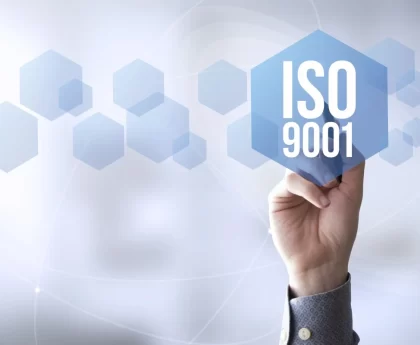Switchgear plays a critical role in the efficient and reliable distribution of electrical power. It serves as the heart of power distribution systems, safeguarding electrical equipment and ensuring the uninterrupted flow of electricity. When it comes to switchgear solutions, two prominent options come to the forefront: Air-Insulated Switchgear (AIS) and Gas-Insulated Switchgear (GIS). In this article, we will delve into a comparative analysis of these two technologies, exploring their distinct characteristics, advantages, and applications. Furthermore, we will highlight their significance in electrical maintenance and the overall enhancement of switchgear solutions.
Understanding Air-Insulated Switchgear (AIS)
Air-Insulated Switchgear (AIS) is a traditional and widely used technology in the electrical industry. As the name suggests, AIS employs air as the primary insulating medium. It consists of circuit breakers, disconnect switches, and busbars, all enclosed within metal compartments. AIS is commonly used for medium-voltage applications, providing reliable and cost-effective solutions for power distribution.
One of the key advantages of AIS is its simplicity. The design of AIS is relatively straightforward, allowing for easy installation, maintenance, and repair. Furthermore, it is known for its high current-carrying capacity and fault interruption capability. AIS is highly reliable and offers good electrical performance, making it suitable for various applications such as power plants, substations, and industrial facilities.
Exploring Gas-Insulated Switchgear (GIS)
Gas-Insulated Switchgear (GIS) is a more advanced and compact technology compared to AIS. It utilises a gas, typically sulphur hexafluoride (SF6), as an insulating medium instead of air. GIS consists of encapsulated modules containing circuit breakers, disconnector switches, and current transformers, all enclosed within a sealed metal housing. This design provides exceptional insulation properties and minimises the overall footprint of the switchgear.
GIS offers several advantages over AIS. Firstly, due to the superior insulating properties of SF6 gas, GIS can achieve higher voltage ratings and insulation levels. This allows for the transmission of larger amounts of power over longer distances. Additionally, GIS provides excellent protection against environmental factors such as moisture, dust, and chemical contaminants. As a result, GIS is often chosen for installations in harsh or polluted environments where air-insulated solutions may be less reliable.
Comparative Analysis of AIS and GIS
To better understand the distinction between AIS and GIS, let’s examine some key factors:
- Footprint: GIS has a significantly smaller footprint compared to AIS. This is particularly advantageous in urban areas where land availability is limited. The compact size of GIS allows for higher power density installations and reduces the need for large equipment yards.
- Reliability: Both AIS and GIS are highly reliable technologies. However, GIS offers enhanced reliability due to the hermetically sealed design that protects against external influences. The sealed nature of GIS also minimises the risk of internal faults, ensuring uninterrupted power supply.
- Maintenance: In terms of maintenance, AIS has the upper hand. AIS requires less specialised equipment for maintenance and repairs, leading to lower maintenance costs. On the other hand, GIS requires specialised personnel and equipment for maintenance tasks, which can result in higher maintenance expenses.
- Safety: GIS provides better safety features compared to AIS. The sealed design of GIS prevents the release of gases in case of internal faults, reducing the risk of fire or explosions. This makes GIS a preferred choice in densely populated areas or critical installations where safety is of utmost importance.
Significance in Switchgear Solutions and Electrical Maintenance
Switchgear solutions play a vital role in ensuring the reliability and efficiency of electrical systems. The choice between AIS and GIS depends on various factors such as the application, voltage level, space availability, and environmental conditions. Understanding the distinctions between AIS and GIS enables informed decision-making for effective switchgear solutions.
Electrical maintenance is crucial for the longevity and optimal performance of switchgear. Regular inspections, testing, and preventive maintenance measures are necessary to identify potential issues and mitigate any risks. AIS generally requires less specialised maintenance compared to GIS. However, both technologies require periodic inspections, gas monitoring (in the case of GIS), and preventive maintenance to ensure safe and reliable operation.
In conclusion, the choice between Air-Insulated Switchgear (AIS) and Gas-Insulated Switchgear (GIS) depends on specific requirements and considerations. AIS offers simplicity, cost-effectiveness, and ease of maintenance, making it suitable for various applications. GIS, on the other hand, provides compactness, higher voltage ratings, and enhanced protection against environmental factors, making it ideal for demanding or space-constrained installations.
Understanding the distinct characteristics, advantages, and applications of AIS and GIS is essential for effective switchgear solutions. Additionally, proper electrical maintenance, whether for AIS or GIS, ensures the long-term reliability and safety of switchgear installations.
By staying informed about the differences and significance of these technologies, electrical professionals can make informed decisions to optimize switchgear solutions and prioritize electrical maintenance practices for enhanced operational efficiency



